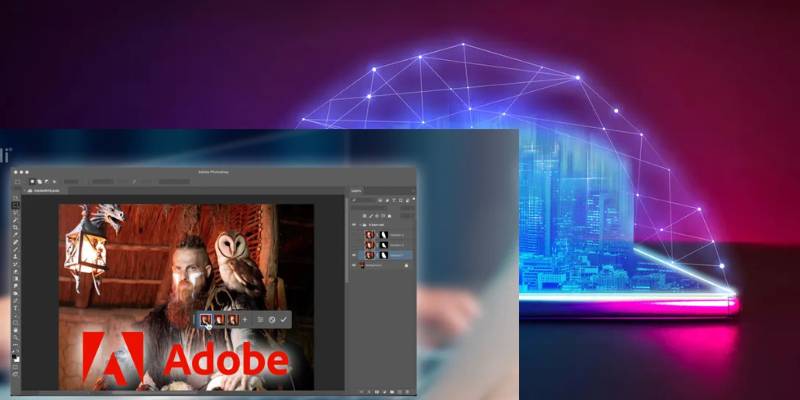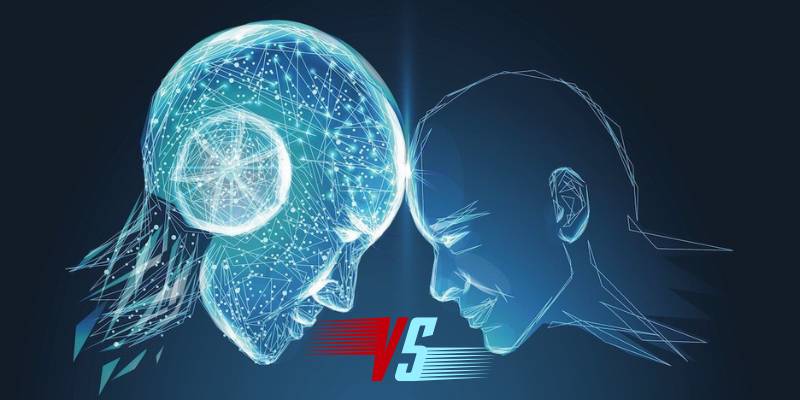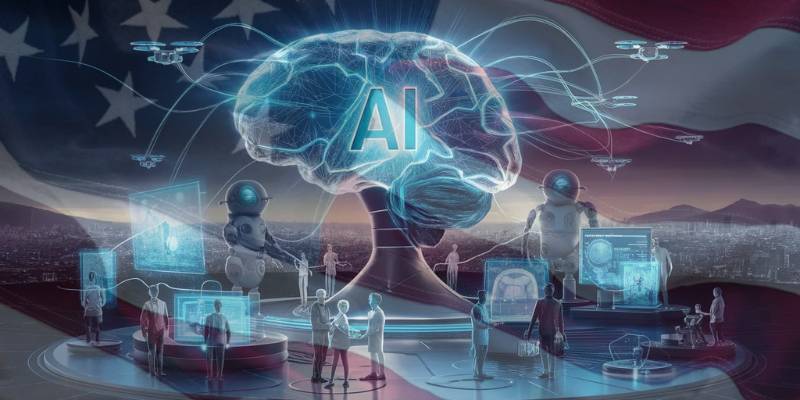Adobe has kicked things up a notch in the generative-AI race by launching what it calls AI Foundry, a new enterprise service that lets companies build custom generative-AI models trained entirely on their own creative assets and data.
The move could reshape how big brands produce visual content, from ads and product shots to 3D and video material, by merging creativity with deep AI customization, as revealed in a recent report on Adobe’s new AI Foundry.
What makes this especially intriguing is how Adobe is taking a route very different from the usual “plug-and-play” AI model approach.
Instead of offering one-size-fits-all image or text generators, the company is now promising something much more personal — a kind of brand-specific intelligence built right into the machine.
According to insights from SiliconANGLE’s coverage of the launch, this Foundry doesn’t just tweak models — it rebuilds them from the inside out, so that they understand a company’s design language, color palette, and even tone of voice.
Imagine a Coca-Cola or Nike model that generates campaigns already steeped in their style, without ever going “off-brand.”
This all builds on the company’s earlier work with its Firefly model family, which was trained on licensed and Adobe Stock content to avoid the messy copyright debates haunting other AI systems.
The new platform expands that idea, allowing brands to train Firefly variants directly with their proprietary data while keeping ownership of their creative IP.
As described in TechCrunch’s deep dive into the service, Adobe’s pitch to enterprises is simple: control, consistency, and creative safety.
No data leaks, no guesswork, no “random” AI outputs that dilute the brand voice.
Of course, I can’t help but wonder if this is also a defensive move — a preemptive strike against the open-source wave that’s letting companies fine-tune models for free.
Still, Adobe’s offering feels like the logical evolution of its decades-long mission to empower creatives while keeping brand guardians happy.
The flexibility to produce endless visual variations while maintaining brand identity is something marketing teams have dreamed about for years.
VentureBeat’s coverage of AI Foundry calls it “deep-tuning,” not fine-tuning — which honestly feels like a fair way to describe it.
Yet beneath the buzz lies a challenge: this kind of bespoke AI is expensive and technically demanding.
Retraining a generative model on a company’s internal assets is no small feat, and smaller firms may find it tough to justify the cost.
Even Adobe acknowledges the need for human oversight, emphasizing that creativity remains a human-led process.
And let’s be real — AI might be great at scaling visuals, but can it really capture the subtle emotional essence of a brand? That’s still up for debate.
Still, this feels like one of those moments when technology quietly shifts the ground beneath us.
With Adobe’s Foundry, a company’s identity doesn’t just live in style guides or brand manuals anymore — it lives inside the AI itself.
As The Letter Two highlighted in its analysis, Adobe isn’t just chasing trends; it’s building an ecosystem where creativity and machine intelligence intertwine at a molecular level.
Personally, I find that both thrilling and a little unsettling. The idea that a model can learn a brand’s visual DNA is almost poetic — until you remember how easily that DNA could be copied or misused elsewhere.
But for now, Adobe’s message rings clear: if you want AI to create for you, it should know who you are.
And maybe, in the noisy rush of generative tech, that’s the kind of grounded innovation we actually need.


